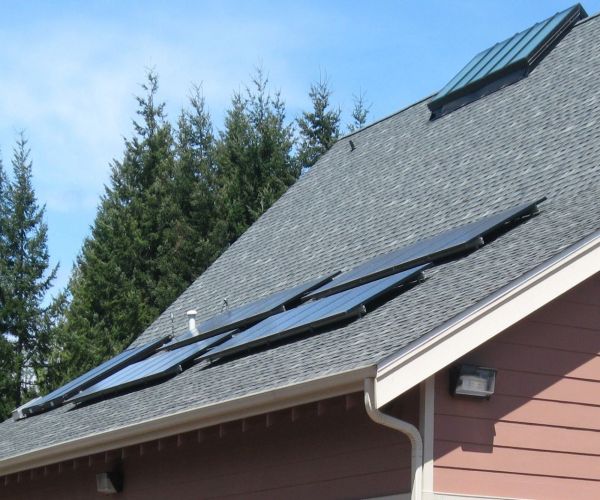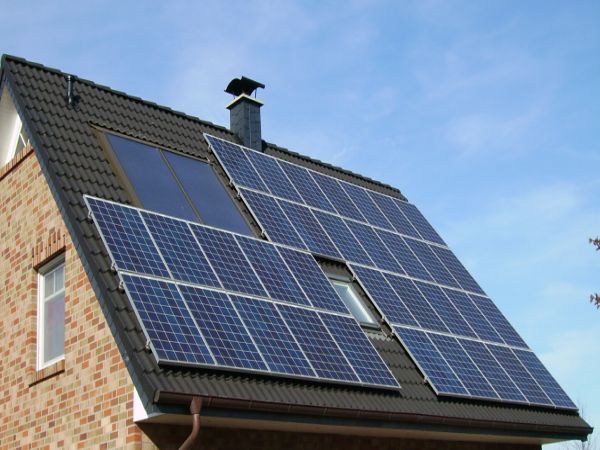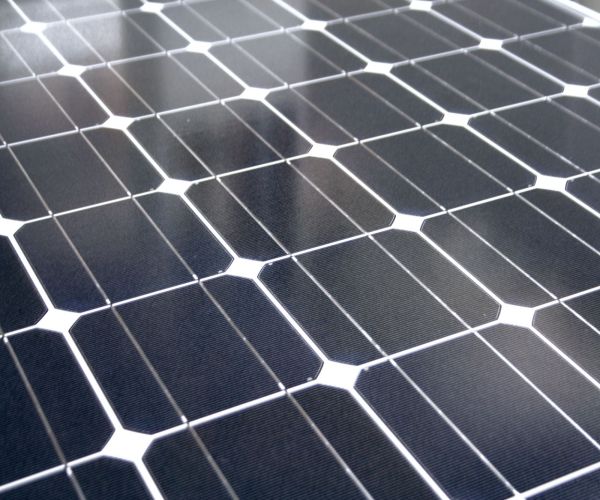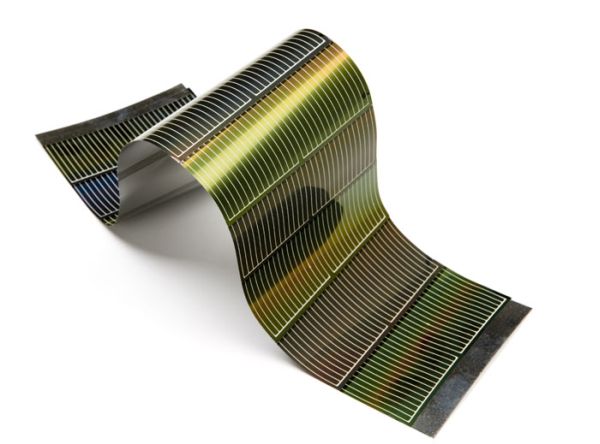
We all live with the myth that solar panels are best suited for sunny lands. Yes, the sun is the prime consideration, but to embark on the full potential of solar panels, their location, climatic conditions and structural availability is equally important. Countries like Germany and New Jersey donât fit in the category of sunny countries, yet they generated 9875MW and 293MW of solar energy in 2010. This was possible because they accurately determined the feasibility and efficiency of solar installations keeping in mind the roof orientation, sun exposure and other factors. This is precisely the reason why living in places like California will not be as important as it was thought previously. To evaluate if your home is ideal for installing solar panels or not, read the following factors.
1. South facing roof

A south facing roof will provide the best orientation for installing a solar panel. The south facing roof will allow the solar panel to receive direct sunlight throughout the day allowing you to use the maximum potential of the solar panel. An east or west facing roof will also not be bad, but will get sunlight for lesser number of hours. The south facing roof should have a mounted peak or be pitched, as a flat roof will not provide as much exposure. If a flat roof is used, the panel will have to be installed at an optimally tilted angle. To avoid the extra hassle, prefer a south facing roof. It will also be difficult for the installer to create frames and evaluate the correct angle for installation. If your roof is not south facing, moderation will become essential and will depend on the total output that will be finally generated.
2. Good sun exposure

Site selection plays an important role in deciding about the output of solar panels. Sun is the foundation of solar energy and the larger the surface area of sun exposure, the better it is. The roof should have ample open space over it. There should not be too many trees surrounding the roof, or other high rising buildings that will block the sunlight. The roof should have minimal angles, as these will also limit the surface area for the sunlight and render installing solar panels useless. Mountain tops can be considered ideal for such location but the roof should get shaded by trees in the vicinity. Even large open grounds and neighborhoods can be chosen where direct sunlight is available in plenty.
3. Cool but sunny weather

The condition for solar panels to work best is sunny weather, but it does not mean it will need hot weather. The solar PV panels work best in sunny but cool weather. Mountain areas will be ideal for installing the solar panels as they get ample sunlight, but mostly not as hot. The only thing is that the roof should get shaded from trees. Sunlight is important, but not scorching heat. A little amount of rain and wind occasionally will be quiet beneficial for the solar panels, since it will remove all the dust and grime that settle on the surface of the panels. This explains why being close to the equator will not be such a good idea and being away will be better.
4. The roof is in good condition

Installing solar panels in the roof means that you are undertaking a long term project that must last at least last for twenty years or so. For this, the roof has to be in good condition and it should have the strength to support the solar panel. Also, it should have the required sturdiness to support the installing process. The installer must ensure that before the re-installation or replacement of the solar panel, the roof will not require any replacement. Make sure the roof outlasts the solar panels. Regular maintenance will be helpful. The roof material should be carefully selected and make sure it is weather proof, especially it should have sun resistance in place.
5. Sufficient space

The size of the roof has to be proportionate to the amount of electric usage. The average requirement for a house would be around 4KWH. This will require around 20 PV panels. Again the panel size can vary, but roughly 20 panels will require a space of 300 square feet. The roof space available for installing solar panels should be absolutely unobstructed. Sometimes, a roof of 500 square might offer only 300 square feet usable surface area. By reducing the number of angles in the roof, the surface area can be increased to create more space. For commercial offices, greater space will be required in accordance to the energy use. Their feasibility will be better analysed if all the above will be considered collectively.




